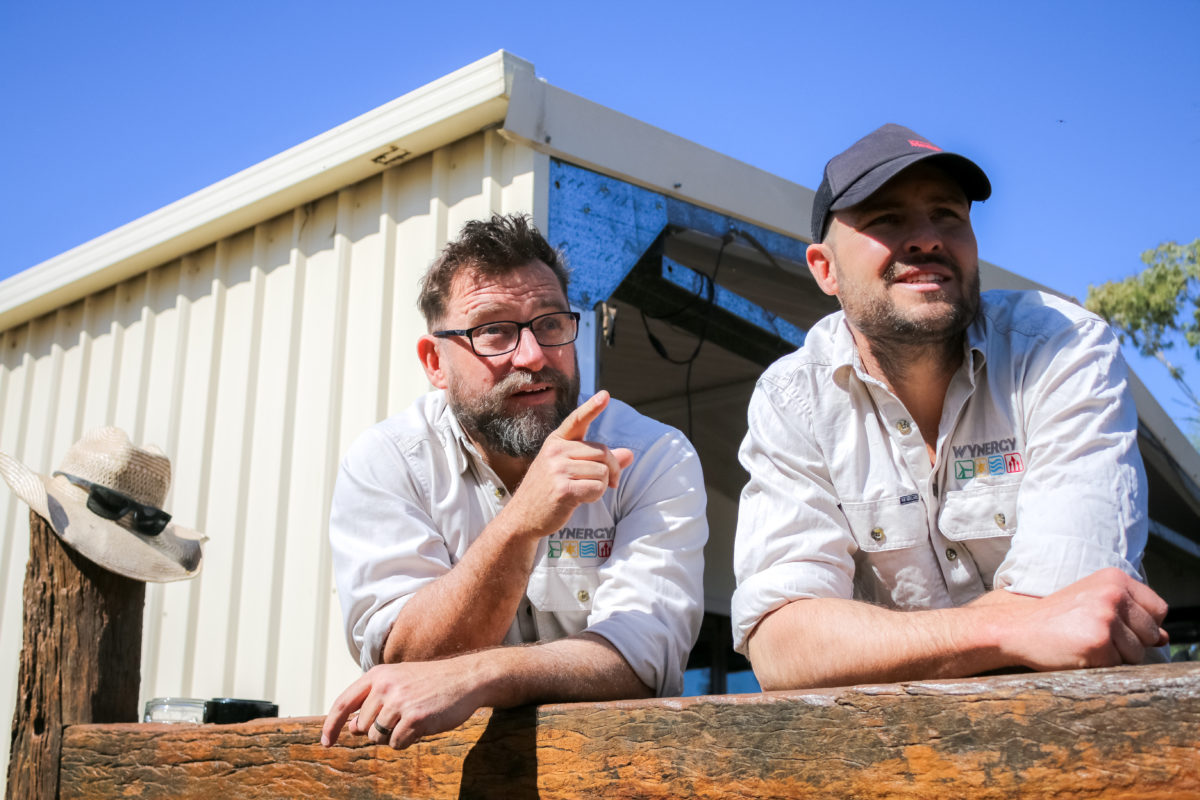It’s taken two months, but an amendment to NSW planning laws governing approvals of solar systems on residential and commercial properties that inadvertently excised a complying-development pathway for ground-mounted solar systems of up to 100 kWp, has seen enabling clauses restored by the Department of Planning, Industry and Environment, causing jubilation in the agricultural-solar sector.
“Yes!” Ben Wynn, solar entrepreneur emailed fellow regional solar developers and pv magazine on Friday: “Section 37(2) reinstated, meaning our ‘behind-the-meter’ solar tracking systems for agribusinesses won’t be required to undertake a long DA – nor incur the added cost!”
On April 27 pv magazine reported that the accidental axing of clause 37(2) in the State Environmental Planning and Assessment Act of 1979, meant that ground-mounted arrays up to 10 metres in height or less than 500 square metres in array size and up to 100 kWp, would be required to seek Development Application (DA) approval where previously they had been able to build in compliance with technical specifications and have their work approved by an independent certifier post construction.
The DA requirement would add unnecessary time and expense — up to $10,000 on systems with an average value of $150,000 — to projects that can help farmers and agribusinesses to defray the costs of pumping for irrigation, or milling grain or other energy-intensive activities.
Unnecessary burdens on the ag sector transition
Wynn discovered the omission when he was told that a 60 kW demonstration agrivoltaic project that his company Wynergy Commercial was installing at Tamworth’s Farrer Memorial Agricultural High School, to replace diesel-powered irrigation pumps in the school’s dairy-herd paddock, would no longer be compliant.
He immediately began contacting the Infrastructure State Environmental Planning and Policy (ISEPP) department, and his local MP Kevin Anderson, and ultimately credits John Ross, Team Leader in Infrastructure Policy and Assessment Practice with the NSW Department of Planning, Industry and Environment, with alerting legislators to the problem and pursuing a resolution.
Wynn says Wynergy Commercial aims to supply “agri companies that need good clean energy supply, but don’t necessarily want to load up old dairy roofs with solar”, or who want to get the dual benefits of solar energy and shade for feedlots or cattle in the paddocks.
Together with business partner Brad Dolahenty, Wynn is looking to demonstrate the potential multiple benefits of specially engineered ground-mounted solar infrastructure that is sturdy enough to share the paddock with livestock, while supporting solar panels on Soltec SF7 trackers to achieve a clearance of 2.6 metres.
What could agrivoltaics do for Australian farm productivity?
Wynn says students at Farrer will be the first in Australia to research the multiple benefits of paddock-sited solar arrays: “They’re going to do some observational and behavioural studies of grass growth, soil moisture and animal behaviour around the arrays.
“They won’t be Nature Journal, type studies,” he wryly concedes, not due to the quality of the conducted research, but because the 60 kW installation in three arrays “probably won’t give the broader scale picture of a large agrivoltaic system.”
To achieve results at scale, Wynn hopes to team up with agricultural scientists at the NSW Department of Primary Industries (DPI) based in Orange on larger scientific studies, to see whether data collected at Wynergy-proposed 5 MW installations in Werris Creek and Boggabri will show similar soil moisture and biomass increases to those yielded by studies in the US states of Oregon and Arizona.
For the time being, Wynn and Dolahenty are immensely relieved that the Farrer installation can proceed without a DA. Wynergy Commercial and the school are still waiting to hear whether the project will receive funding from the DPI Energy Efficient Communities program, under which they have applied for a grant.
Wynn says theirs is “a cracking business case — basically saving Farrer $70,000 a year in diesel and maintenance costs by electrifying their current diesel irrigation and running it with solar energy”.
The reinstatement of clause 37(2) will immediately benefit at least seven other proposals for ground-mounted solar in the Tamworth and Newcastle regions planned for development in 2020, with a total revenue to installers estimated by Wynn to be around $1.25 million.
This content is protected by copyright and may not be reused. If you want to cooperate with us and would like to reuse some of our content, please contact: editors@pv-magazine.com.









By submitting this form you agree to pv magazine using your data for the purposes of publishing your comment.
Your personal data will only be disclosed or otherwise transmitted to third parties for the purposes of spam filtering or if this is necessary for technical maintenance of the website. Any other transfer to third parties will not take place unless this is justified on the basis of applicable data protection regulations or if pv magazine is legally obliged to do so.
You may revoke this consent at any time with effect for the future, in which case your personal data will be deleted immediately. Otherwise, your data will be deleted if pv magazine has processed your request or the purpose of data storage is fulfilled.
Further information on data privacy can be found in our Data Protection Policy.